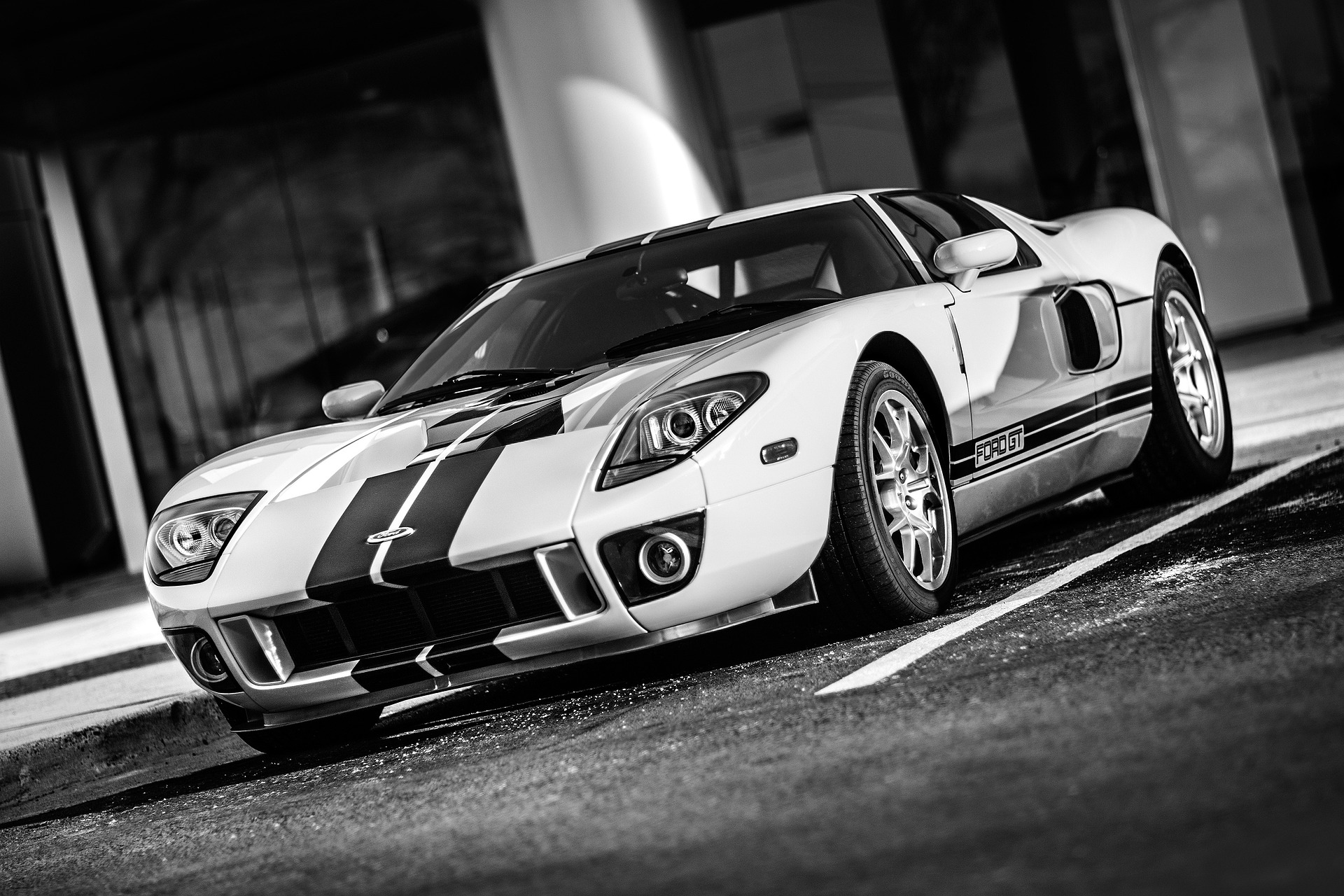"Unraveling the Intricacies of Continuously Variable Transmissions"
Introduction: Imagine being able to drive your car without having to shift gears or feel any jerks. Well, welcome to the world of Continuously Variable Transmissions (CVTs), a technology revolutionizing gear shifting and redefining driving comfort. CVTs are not a new concept; their roots can be traced back to Leonardo da Vinci, who sketched an innovative mechanism in 1490 that bore a striking resemblance to a modern CVT. However, it was not until the late 19th century that a practical CVT was designed. Daimler and Benz used the technology in their motor-driven "Velo" bicycle in 1894. Over the years, the technology has been refined and is now a mainstay in many modern vehicles, providing a smoother and more efficient driving experience.

The Mechanics of CVTs: Simplicity and Efficiency
Unlike traditional automatic or manual transmissions that use a complex set of gears, CVTs operate on a straightforward principle. They use two variable-width pulleys connected by a belt or chain, which can change positions based on how much power the engine is producing. This dynamic adjustment allows for an infinite number of gear ratios, ensuring optimal engine performance at all times.
The CVT Landscape: Adoption and Advancements
In recent years, CVTs have found their way into various automotive sectors, from compact cars to high-performance vehicles. Several automakers, including Nissan and Subaru, have embraced CVTs due to their fuel efficiency and smooth operation. The technology is also evolving, with manufacturers developing more robust and efficient CVTs that can handle higher torque loads.
The Impact of CVTs: A Mixed Bag
CVTs come with a host of benefits, such as better fuel economy, smoother ride, and less maintenance. However, they face criticism for their perceived lack of driving engagement and the ‘rubber band effect,’ where the engine revs up faster than the car accelerates. Despite these challenges, CVTs continue to gain traction due to their distinct advantages.
Looking Ahead: The Future of CVTs
While CVTs currently dominate the realm of gearless transmissions, their future is not without competition. Innovations like the Dual-Clutch Transmission (DCT) offer similar benefits and could challenge CVTs’ dominance. However, as automakers strive for greater efficiency, the simplicity and potential of CVTs make them a compelling choice for future vehicles.
In conclusion, CVTs have come a long way since their conception, providing a unique blend of efficiency and simplicity. While they may not be everyone’s cup of tea, their impact on the automotive industry cannot be overlooked. As technology continues to evolve, it will be interesting to see how CVTs adapt and shape the future of driving.




